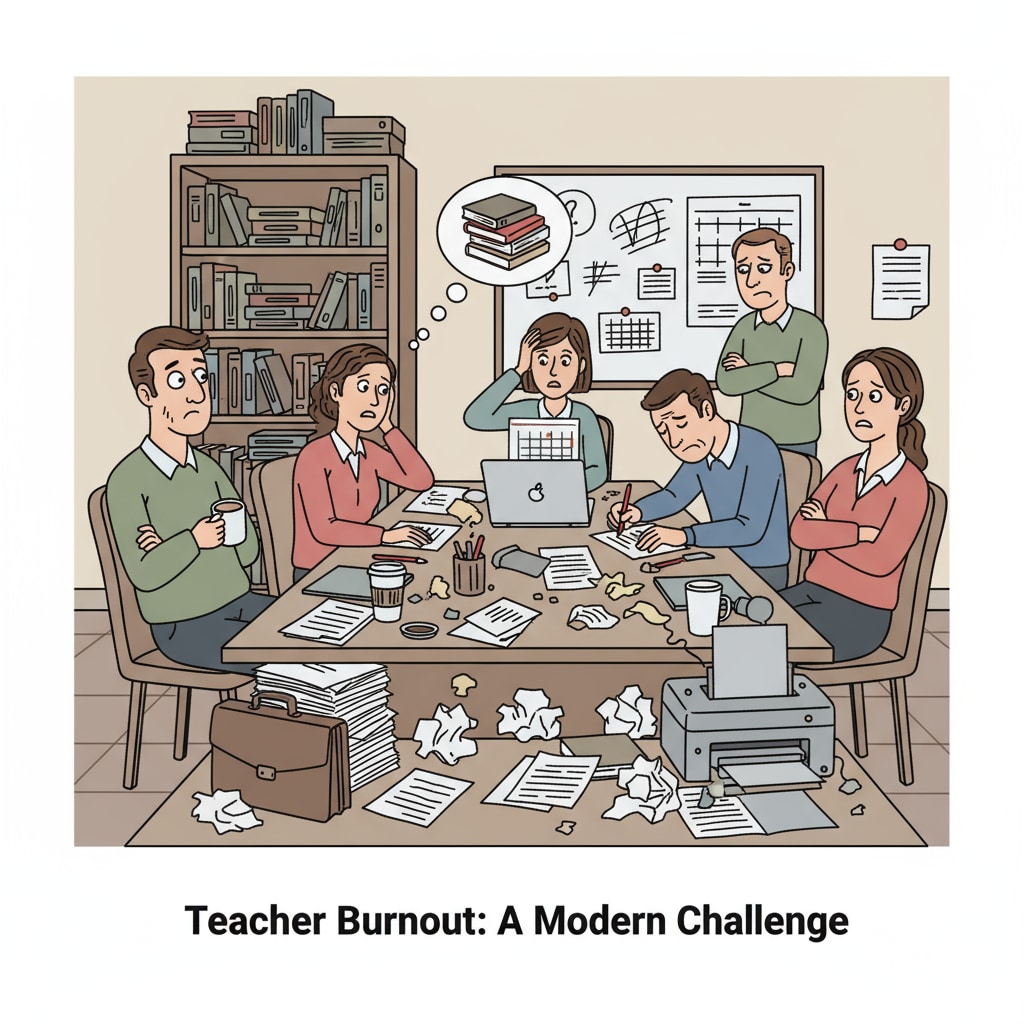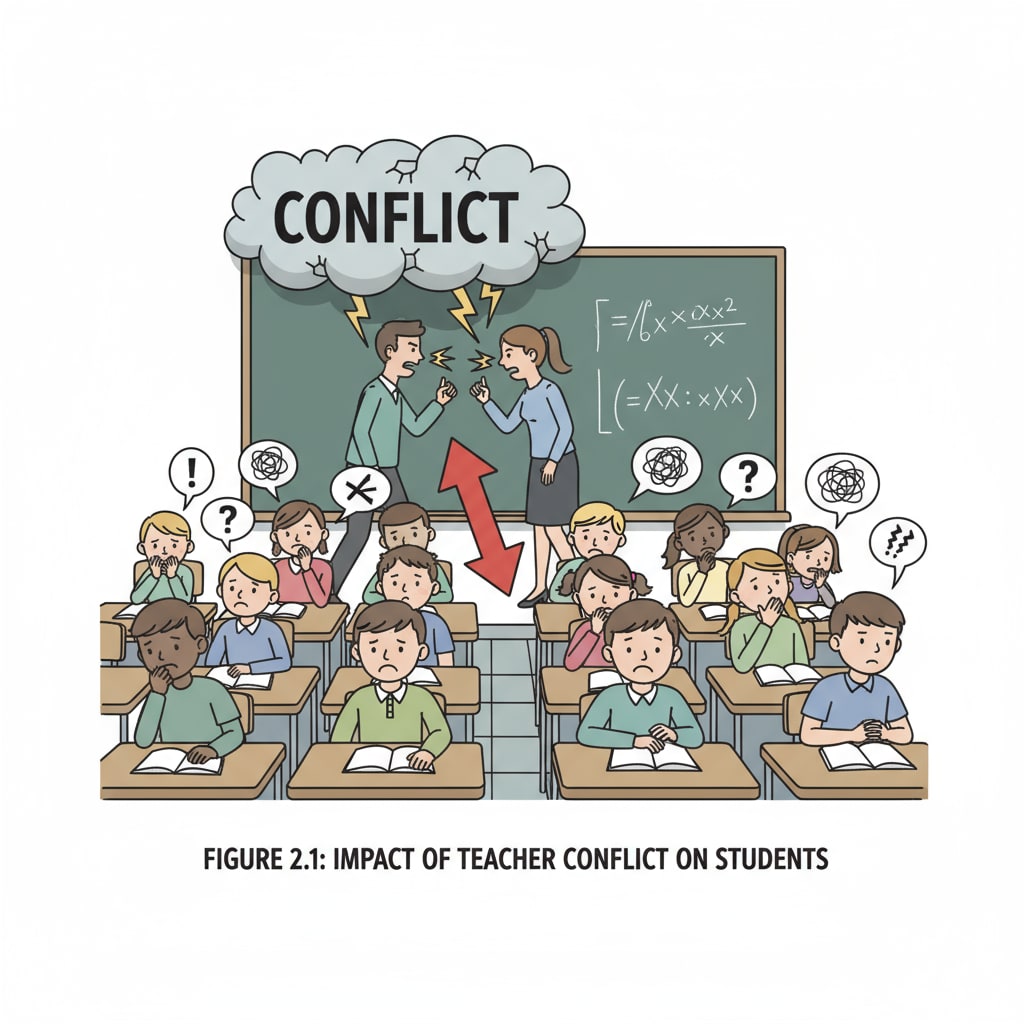In the realm of K12 education, teacher conflicts, hostile work environments, and management dilemmas often pose significant challenges. When a teacher is highly proficient in teaching but creates a toxic atmosphere within the school, it disrupts the overall educational ecosystem. For example, a teacher might be excellent at delivering lessons and getting good academic results from students, but their actions could be causing stress and tension among colleagues.

This situation requires careful handling to ensure the well-being of all teachers and the smooth running of the school.
The Impact of Hostile Teachers on the School Ecosystem
A teacher who creates a hostile work environment can have far-reaching consequences. Firstly, it affects the morale of other teachers. When colleagues are constantly subjected to negativity, it becomes difficult for them to focus on their teaching duties. As a result, the overall quality of education may decline. Secondly, it can lead to high turnover rates among teachers. No one wants to work in a stressful and unfriendly environment. According to National Education Association (NEA), such hostile environments can drive away talented educators. This not only disrupts the school’s teaching staff but also impacts the students’ learning experience.

Setting Clear Standards and Expectations
To address these issues, school administrators must start by setting clear standards and expectations for teacher behavior. This should be clearly outlined in the school’s code of conduct. For example, it should specify that respect, cooperation, and professionalism are essential. By having these standards in place, it becomes easier to hold teachers accountable for their actions. In addition, regular communication about these expectations is crucial. Administrators should conduct staff meetings to remind teachers of what is expected of them in the workplace.
Readability guidance: Each section here focuses on a key aspect of handling teacher-related issues. Short paragraphs make the information easy to digest, and we’ve used active voice as much as possible. Transition words like “firstly”, “secondly”, and “in addition” help connect ideas smoothly.


